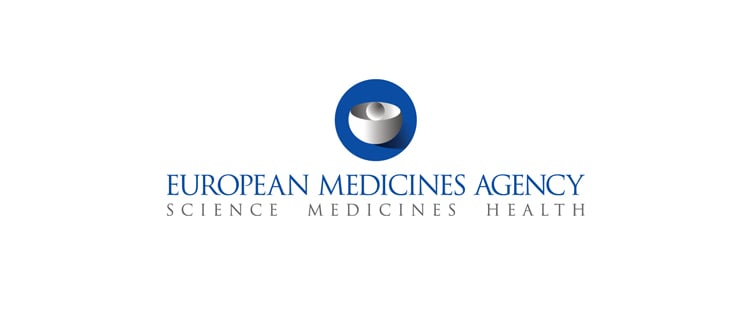EMA releases updated QRD Style Guide– say no to “drugs”
The European Medicines Agency (EMA) is responsible for evaluating, supervising, and monitoring medicines for safety– its mission is to foster scientific excellence in the assessment and management of medicines in the EU. Committed to providing clear and unbiased information, the EMA employs a variety of regulatory mechanisms that are continuously evaluated and optimized for the benefit of the public.
The EMA recently published its compilation of Quality Review of Documents (QRD) decisions about the stylistic guidelines in product information– citing frequent translation issues and providing additional policies that directly impact multilingual labeling and packaging.
New EMA Guidelines
Among the many changes since its last revision, new guidance for “Direct speech,” “Drug,” and ‘Multilingual packaging” was added to the QRD report.
Direct Speech
The EMA suggests that manufacturers can improve the readability of the labeling and package leaflet of medicinal products by using an active style rather than a passive voice when writing or translating instructions for shelf-life, storage, handling, and disposal. Additionally, using direct speech for dosage recommendations was suggested to minimize space limitations inside tables.
The Term “Drug”
In most states, the term ”drug” implies narcotics or illegal drugs. To avoid miscommunication and the risks associated with mistranslation, the EMA suggests that manufacturers avoid this term and eliminate its use in product information annexes. However, exceptions were made when the term “drug” is used as part of a set of standard terms. Examples include, ‘adverse drug reaction’, ‘drug interaction’, ‘drug elimination’, etc.
Multilingual Packaging
In this new guideline, the EMA cites issues with multilingual packaging and its impact on Annex IIIA when there are differences between English and other languages included in a multilingual pack– specifically, addressing the use of abbreviations and short terms.
“When the applicant agrees with the Agency that short terms and/or abbreviations can be used on multilingual packs, this will be reflected in Annex IIIA in the language(s) concerned, i.e. the term as per the adopted English PI will be written in normal text, followed by the agreed short term/abbreviation in grey-shading.”
QRD Example:
Stylistic Matters Revisions
In addition to the new guidelines outlined in the QRD, the EMA revised several of its previous stylistic guidance for manufacturer product information. Included in the stylistic revisions are INN translation and number separators.
International Non-proprietary Name: Translation
Connected Problems
“What are the requirements for translating an international non-proprietary name (INN) when the INN or “common name” is included in the name of the product?”
QRD Suggestions
The national requirement for translating an international non-proprietary name (INN) when the product’s name is used in the INN will vary depending on the target language.
QRD Example:
“DA: Danish translation of the name should be used, particularly when the English term is very different from the national one, e.g., if the name includes “potassium” or “sodium.” The English language form of the INN may be used when common Nordic packs are requested and if no safety issues are foreseen.”
See pages seven and eight of the QRD report for the list of QRD suggestions for your target location.
Numbers Separators
Connected Problems
“Different languages use different number separators (a space, a comma, or a dot) to distinguish between thousands and decimals.”
QRD Suggestions
The guideline suggests that the style of the number separator should reflect the language used in the Member State. Furthermore, the numbers and figures that follow a dot or comma will be written without spaces– manufacturer compliance will help eliminate confusion and prevent assessment delays.
The revisions and guidelines for number separators will now apply to all product information annexes and should be used in all formats, including Microsoft Word, PDF, and other printed materials.
QRD Example:
Decimals:
EN*, MT: dot (e.g. 12.50 mg)
Human Medicines Division, Compilation of Quality Review of Documents, 07 June 2022
All other languages: comma (e.g., 12,50 mg)
The figures after the dot or the comma should be written without any space (e.g. 0.5678 or 0,5678).
Thousand and Larger Numbers:
EL, IS, NL: dot (e.g. 1.000 mg)
BG, CS, DE, DK, EN, ES, FI, FR, IT, LT, LV, MT, NO, PL, RO, SK, SV: space** (e.g. 1 000 mg)
ET, HU, HR, PT, SL: no space for 4-digit figures (i.e., 1000-9999) and space** for larger figures (e.g., 10 000)
To learn more about the recent guideline changes impacting multilingual labeling and packaging, download the EMA’s Compilation of Quality Review of Documents.
If you need help implementing these guidelines into your product information, multilingual labeling, or packaging, contact the translation experts at BURG, today.



